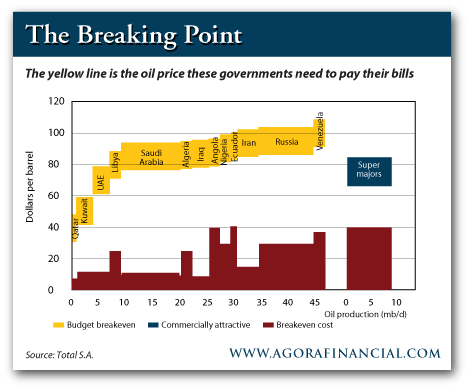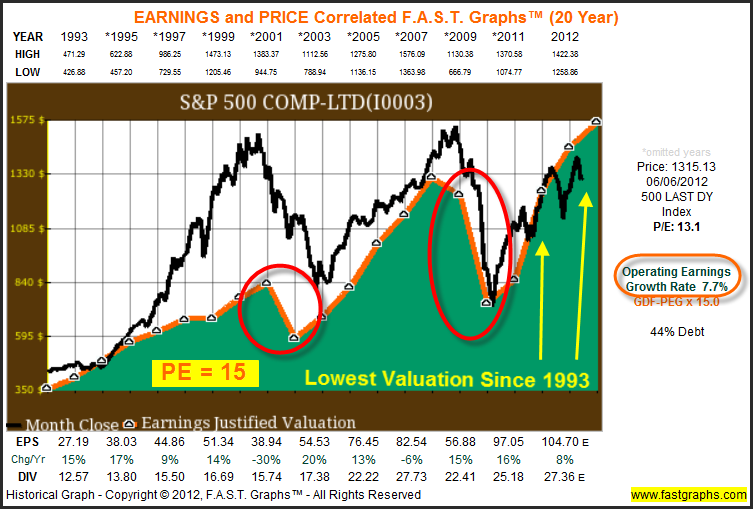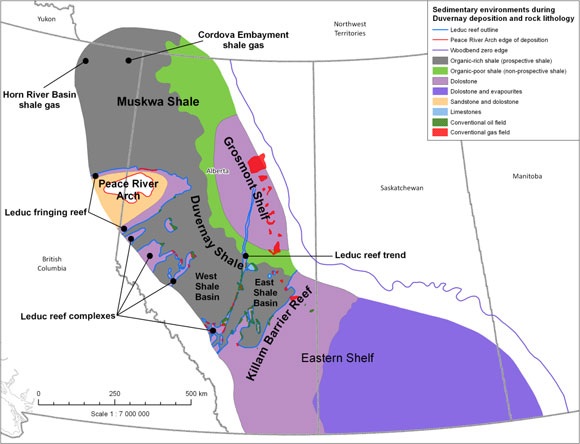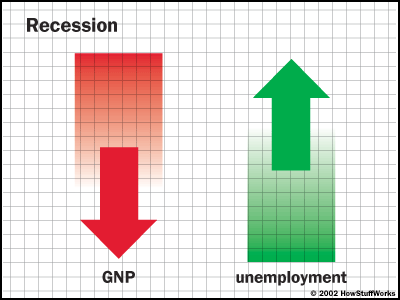Let’s make something clear up front: junior mining stocks are not for the faint of heart.
Legendary investor Doug Casey calls them “the most volatile stocks on earth.”
They can and do regularly undergo massive swings, both positive and negative.
It’s a really tough business. Many flame out.
But all it takes is just one 10-bagger to make up for all the dogs in the pound.
Thanks to a new discovery, a takeover bid or full-blown investment mania, it’s not uncommon for some of these stocks to return as much as 1,000%, 5,000%, and even 10,000%.
Those are not typos. In fact, there are countless examples.
Aber Resources was a $3 stock in 1993 before it made a big diamond discovery. Four years later, the stock hit $28/share, handing early investors over 900% returns.
Then there’s Diamond Fields Resources. Its shares were $4 before geologists made a massive nickel discovery in 1994. Not long after, the stock hit a pre-split equivalent of $160 for a 4,000% return.
That phenomenal 4,000% return was repeated in 2006, when Aurelian Resources Inc. made a high-grade gold discovery in Ecuador. Shares of the junior miner went from $0.89 to almost $40.
So what makes a stock a “junior miner”?
In a pure sense, junior mining companies have market caps somewhere between $5 million and $100 million.
But here’s the thing the makes them not for the faint of heart.
Usually, junior miners don’t make any money. They just raise money from investors to explore properties for gold, silver, base metals, oil, gas, potash, or uranium, just to name a few.
And even if they make a significant find, junior miners rarely develop it themselves. Instead they sell the project to a major miner, who can more easily raise the required funding and has the experience to build and operate a mine.
OK, so now you’re pumped with the idea that one of these little mining companies could help you retire in two years.
And you’re right, they can. But not so fast.
The truth is you need to approach this mining subsector with a game plan—an investment “toolkit” if you will—to help you to cast aside the dogs and focus on the “diamonds in the rough.”
Essentially, there are four main areas you need to vet in order to decide if a given junior miner is one to add to your portfolio.
Junior Mining Stocks and Geopolitics
When considering a junior miner, geopolitics is always a concern. In this case, stability is what you are looking for.
For instance, it is important to know:
- Where the company’s main project is located.
- And what the political regime is like in that jurisdiction.
I make no bones about avoiding projects located in places unfriendly to mining, and neither should you.
That includes most of Africa, Russia, and some areas in Asia and Latin America. Places favorable for miners include much of Canada, Australia, parts of Europe and Scandinavia, Latin America, and Asia.
It’s simple. The last thing you want is for some kleptocrat to wait until tens of millions have been spent to discover a massive gold deposit, only to turn around and revoke a key permit or expropriate the land.
What also tends to happen in these “hostile-to-mining” locations is that, after a project is built, the government decides to change the rules, ask for a significant share, and/or up the royalties.
For the most part, the places I like for mining have an established legal framework that allows the miner to know the rules and doesn’t make drastic changes too often.
The second aspect of geopolitics is the surroundings and placement of the property. Many times there can be people living nearby, or the land may have significance to an indigenous population.
Some projects also need to get entire small towns to move, while others need to negotiate with a native group for some sort of compensation.
To avoid these hurdles, a Stakeholder Engagement Program is a great way for the company to gain favor with the locals.
By involving the local community through sponsorships and hiring, and by working with educational institutions for consulting or research, the company can demonstrate how they are able and willing to contribute to the economic benefit of the area.
Obviously, a deposit in the middle of nowhere is less likely to affect people. But that could also mean there is little or no infrastructure like electricity, water, or roads nearby.
Generally, the closer the access to these, the better, as it allows access to the property, facilitates exploration and development, and simplifies eventual mine operation.
The Importance of Management for Junior Mining Stocks
When it comes to junior mining stocks, management is the key.
It is so important that many times a less-than-stellar property can be made viable simply by a great management team that has the ability to prove its deposits are economically attractive, or even potentially very profitable.
Investors need to be sure the guys running the junior miner have a ton of experience, ideally directly related to the same commodity involved in the project at hand.
Even better is when management and/or the company’s geologists have made significant discoveries in the past, and some of those deposits have made it all the way to becoming mines.
Experienced management will also know how to navigate the legal, political, and financial issues sure to arise.
Look for companies where the key people have plenty of “skin in the game,” ensuring their shares and stock options align their interests with those of shareholders.
Don’t Overlook the Balance Sheet
Balance sheets can be intimidating for some investors, but they don’t need to be. Here are a few things you want to look for.
First, determine the market cap of the company and the number of outstanding shares.
If the share float looks excessively big, it could be that management raised money at really low equity prices when they were desperate. It could be a question of bad luck or timing, or it could be bad planning. You need to figure out which.
Second, you don’t want a junior miner that has debt, or at least significant debt on its balance sheet, if it has no cash flow. As well, their cash balance should be able to take them through to their next significant milestone.
If that’s the case, and the news pointing towards that milestone is positive, it may allow management to raise money at a significantly higher share price, avoiding overly diluting existing shareholders.
Also, take a look at their monthly costs to keep the lights on, employees paid, and exploration moving forward.
In certain cases, a junior may actually earn income from an ongoing related business. I’ve come across one company with significant earnings from mine remediation, which actually helped them gain invaluable information on interesting properties they eventually picked up. Another, a small silver miner, manufactures, sells, and repairs mining equipment for competitors, helping to pay the bills.
The Drilling Results Are Paramount
An important ingredient that helps separate the wheat from the chaff is the drilling results.
It’s one thing to drill a hole and hit gold. It’s quite another to know where to keep drilling, and to keep finding more.
The best junior miners are the ones that use a process, involving plenty of science, geology, geophysics, and yes, some art.
All the scientific aspects help geologists know where to look. But it’s decades of experience that allow some geologists to interpret the drill results and assays. Only then can they use that info to formulate a concept of what the deposit may actually look like.
Prospective investors will want to look for high grade (concentration) of the resource for every ton of ore. Typically, the higher the concentration, the higher the value, as eventual mining and processing costs will be lower per gram or per pound of final product.
In that vein, investors want to see higher grade, and drill results that consistently hit quality material.
That tells you two things: the geologist is looking in the right place, and the deposit is likely growing in size. This in turn helps boost the value of the asset, while allowing for a more economic extraction of the contained resource in the future.
So there you have it. Now you know what things to look for to significantly increase your odds of investing in a junior resource company that’s going to hit the jackpot.
Remember, even doing all this provides no guarantees.
You need to do plenty of due diligence to narrow down the vast pool of potential candidates to the select few deserving of your hard-earned capital.
You also need to arm yourself with patience and be willing to allow a given investment months and even years to play itself out. Good management needs time to execute, and resource exploration is a tough business.
But there are few other industries where $1 spent drilling in the right place can return $100 dollars to early investors.
Junior miners offer that explosive potential.
Now you just need to decide. . .do you want a piece of it?
Peter Krauth
Money Morning


















